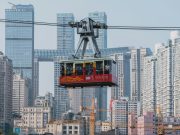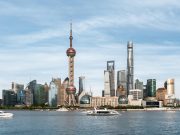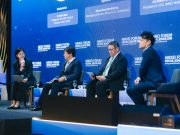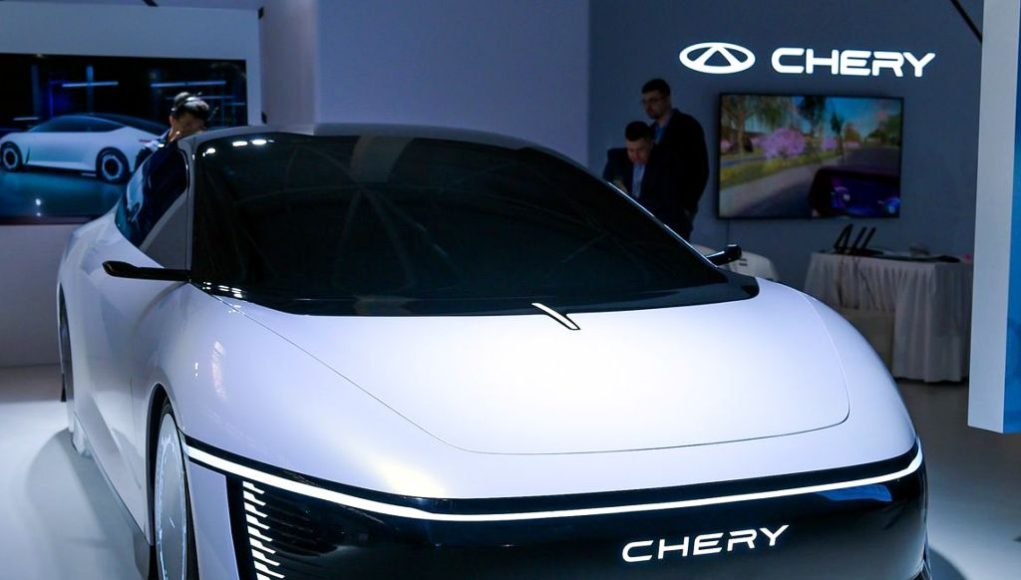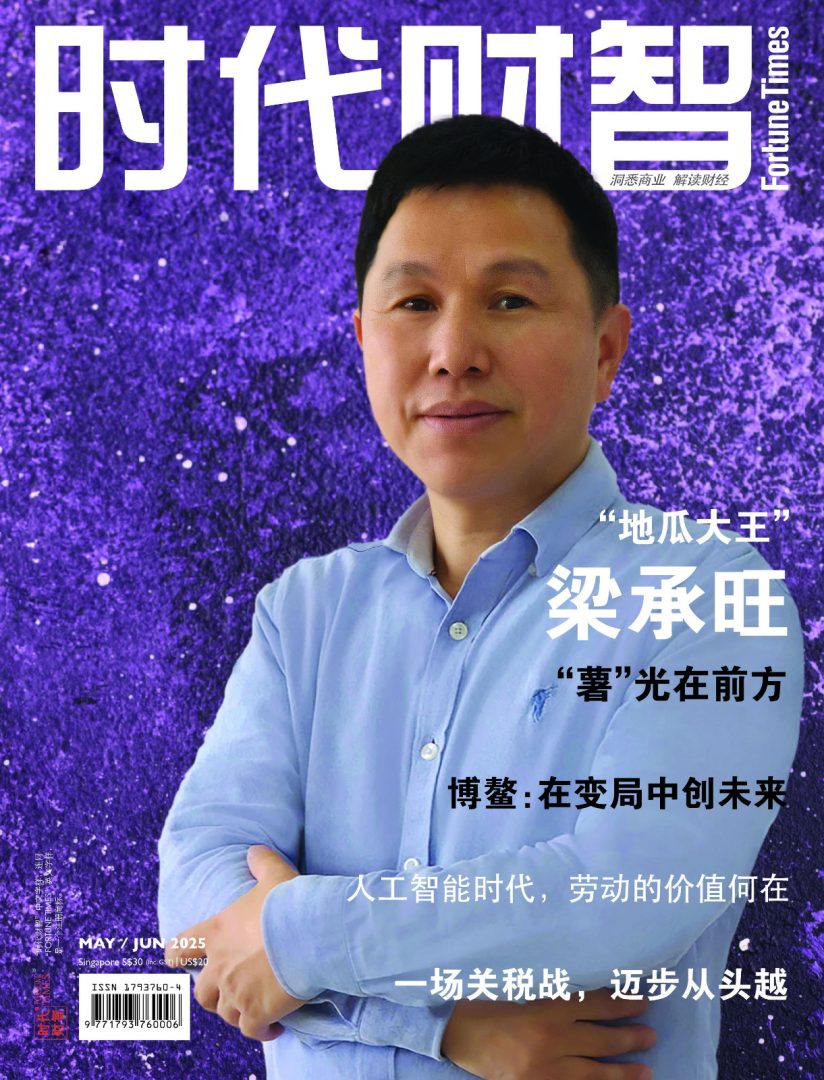( SINGAPORE, 22.07.25 ) While market analysts project that by 2030 Chinese cars will account for 30% of global sales, up from 21% in 2024, the prevailing trend of production overcapacity and price wars in China, if left unchecked, might overshadow that glory, causing Chinese automakers to suffer financial strains, thus hurting their brand names and global credibility, a Chinese media focused on technology and entrepreneurship has warned.
Japanese cars accounting for one-quarter of the global market has long been a source of pride to the Japanese, so now that China’s automotive industry has taken off and made breakthroughs, what proportion can Chinese car brands seize, asked the 36 Kr.
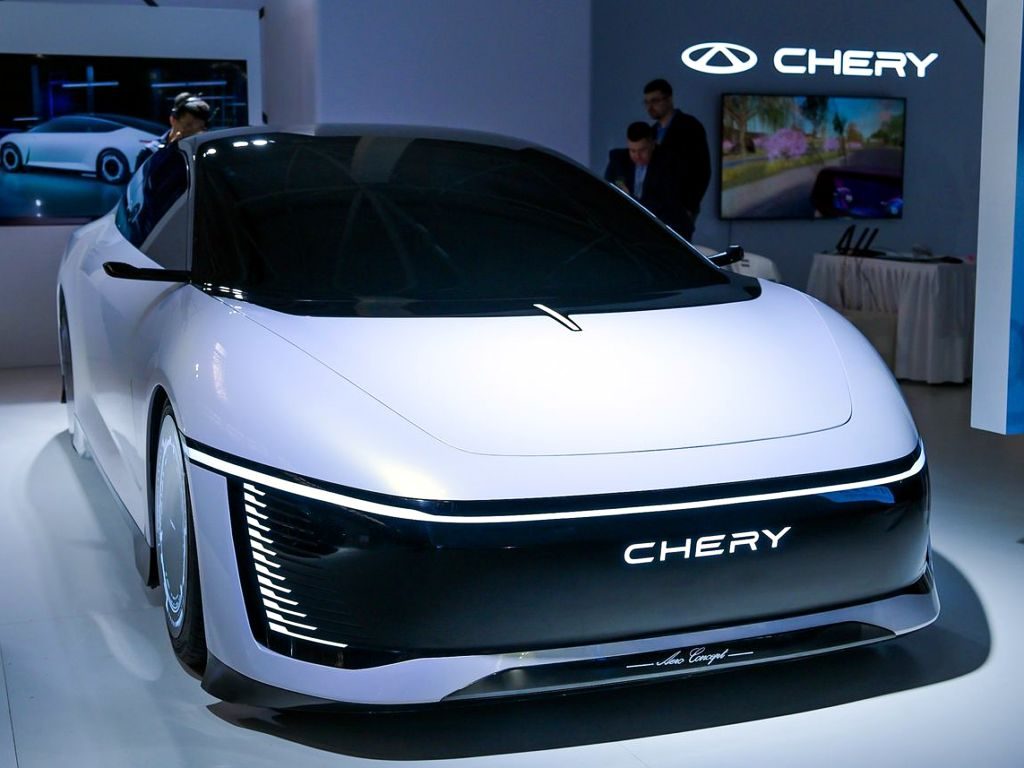
Recently, some statistical agencies and international media forecast that by 2030 Chinese cars will account for nearly one-third of global sales, which is extolled by some as a laudable milestone but called a looming threat by others, the publication pointed out.
Meanwhile, players in China’s domestic auto industry are feeling the pressure of fierce price wars and internal competition, a trend that has not escaped notice abroad. 36 Kr cautioned that China’s auto industry may get to secure one-third of the global market, but it must first overcome these two major hurdles for that status to be actually meaningful. Otherwise, price erosion, perceived low quality, and shaky companies will taint the Chinese brands.
For China to produce and sell 30 million cars a year if the global total is around 90 million is not a tall order for the Chinese auto industry, noted 36 Kr. In fact, American consulting firm AlixPartners and media outlets like Bloomberg are already talking about that achievement as if it is as certain as gravity.
According to global automotive intelligence company JATO and AlixPartners, last year the total sales of Chinese car brands, counting both domestic and overseas, exceeded that of American brands for the first time, seizing 20 to 21% of the world’s market, just behind Japanese brands’ 24 to 25%.
AlixPartners’ 2023 and 2024 reports projected that Chinese automakers would account for 30% of global sales by 2030. However, it added, due to tariffs and political factors, the US market is difficult to penetrate. Instead, Southeast Asia, the Middle East, Latin America, and Europe have already seen a massive influx of Chinese cars.
Analysts noted that this Chinese export boom is reshaping the global automotive landscape. Affordable Chinese vehicles are entering showrooms from Mexico to Malaysia, triggering price wars. Chinese-made cars now dominate the streets of some South American cities, and budget-friendly yet high-quality EVs from companies like BYD are winning over thousands of European consumers. Even Russia has remained a major market with US$2.2 billion (S$2.97 billion) in imports.
Analysts suggest Chinese automakers are chasing the higher profit margins abroad primarily due to the tough competition at home. Price rivalry overseas may not be as intense as in China. But overseas legacy automakers are concerned about Chinese exports threatening their revenue. The pressure to protect local jobs and profit is mounting.
Recent trade data graphically illustrates China’s auto export boom. In the first five months this year, China’s auto exports hit a record high, nearly tripling from 2022 to reach US$37.3 billion. Exports to the UAE alone reached US$2.7 billion, a 551% increase over 2022, highlighting the Middle East’s growing demand for Chinese vehicles.
Meanwhile at home the government is calling for more sensible growth in the industry and discouraging internal price wars. An earlier boom in car factory constructions has led to the current vast production capacity, which far outstrips even the massive domestic demands. Based on experience in mature markets, a factory’s capacity utilization rate needs to exceed 70% for it to be profitable and sustainable.
According to statistics, last year only about 15% of China’s 70 active automakers had factories operating at or above the 70% profitability threshold. Only the top-tier companies showed better utilization. BYD, for example, saw steadily rising production and sales from 2022 to 2024, maintaining a utilization rate between 80% and 85%.
Other high-demand brands like Xiaomi and Seres’ AITO also show high utilization rate, although Xiaomi has long failed to deliver cars quickly, claiming insufficient production capacity. Meanwhile, some joint ventures and struggling startups have very low factory utilization, with Hozon/Neta floundering at the bottom.
The price war is another major headache. According to the China Passenger Car Association, the average unit price for a passenger car in 2023 reached 183,000 yuan (S$32,757), up nearly 20% from 151,000 yuan in 2019. But last year it fell to 177,000 yuan despite the entry of popular high-end models like the AITO M9 into the market. In the first half of this year, the average dropped further to 171,000 yuan.
But closer look at the monthly trend — 170,000 in January, 173,000 in March, 174,000 in June — reveals a slow rebound. Sales of high-end models like the AITO M8 are increasing, and the government is also taking steps to curb further destructive price competition.
HSBC analysts believe for now the price war is unlikely to ease while the hot summer months last, a time that is typically off-season for auto sales. Given weak demand and falling consumption, price pressures are expected to persist. The industry as a result is going through a massive process of mergers and restructuring, with some companies exiting the market. But the process has yet to reach a critical turning point.
Facing a slowing economy and heightened competition, many Chinese automakers are aggressively shifting focus to export markets. But analysts warn that foreign markets are not a guaranteed refuge. Geopolitical risks and the high costs of setting up overseas sales channels may frustrate weaker companies. “Only the stronger companies will survive,” said Stephen Dyer, managing director of AlixPartners in Shanghai.
S&P analyst Eunice Lee’s team emphasized that BYD can slash prices significantly without damaging its finances, thanks to its vertically integrated supply chain — making its own batteries and chips protects it from many supply shocks. That is a major advantage.
BYD sold 4.24 million vehicles last year, making it China’s top-selling automaker. Its economy of scale also enhances its competitiveness. “While BYD could technically achieve higher short-term profits, its management has chosen a more strategic approach — balancing profit with expansion,” said Lee.
Many EV startups in China collapsed in recent years, especially after the government withdrew subsidies in 2018. Still, new entrants keep appearing, meaning the shakeout is far from over. As of May, BYD controlled around 27% of China’s EV retail market, while around 120 other brands fought over just 37%.
“The final shuffle hasn’t really started yet,” said Dyer. “But eventually, the industry will settle down — car manufacturing is truly a cash-burning business. We expect only a dozen or so companies to survive.”



